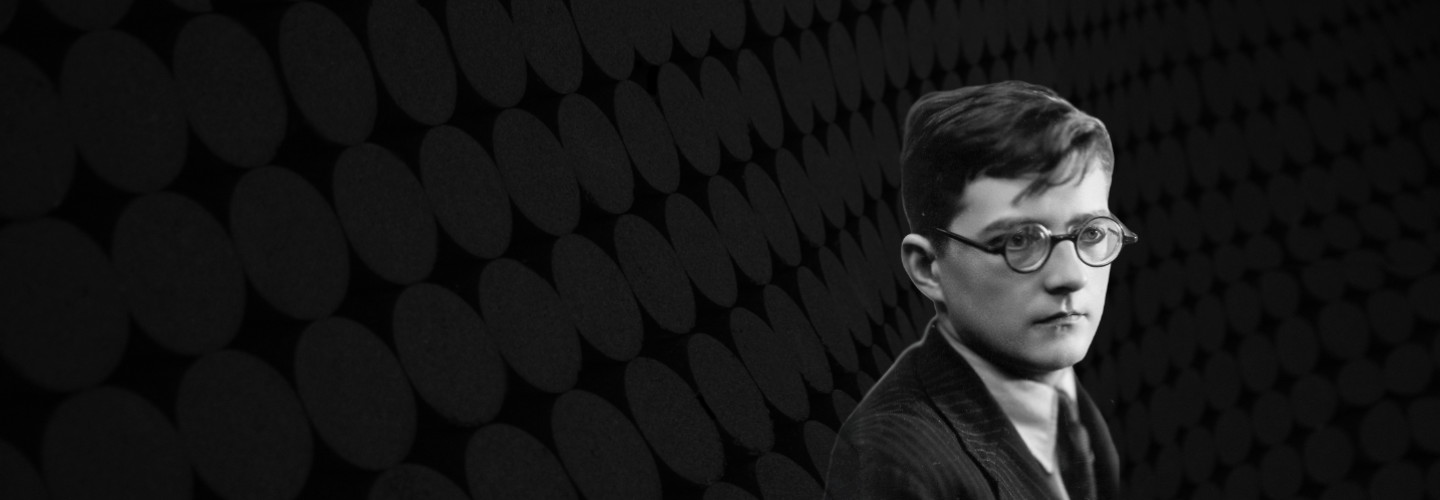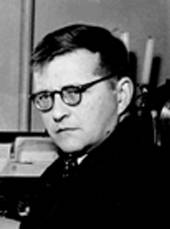

Dmitri Schostakowitsch
10. Symphonie
Short instrumentation: 3 3 3 3 - 4 3 3 1 - timp, perc, str
Duration: 50'
Instrumentation details:
1st piccolo
1st flute
2nd flute (+2ndpicc)
1st oboe
2nd oboe
cor anglais (+3rdob)
clarinet in Eb (+3rdcl in B, A)
1st clarinet in B, A
2nd clarinet in B, A
1st bassoon
2nd bassoon
contrabassoon (+3rdbsn)
1st horn in F
2nd horn in F
3rd horn in F
4th horn in F
1st trumpet in Bb
2nd trumpet in Bb
3rd trumpet in Bb
1st trombone
2nd trombone
3rd trombone
tuba
timpani
percussion (triangle
tambourine
tam-tam
xylophone)
snare drum
cymbal
bass drum
violin I
violin II
viola
violoncello
double bass
Schostakowitsch - 10. Symphonie for orchestra
Sample pages
Audio preview
Work introduction
The Tenth Symphony was Shostakovich’s first symphonic work since 1945 and his humiliation due to the “antiformalisitic” cleansings of 1948, during which he lost his teaching positions in Moscow and Leningrad. During the time between 1945 and Josef Stalin’s death on 5 March 1953, Shostakovich represented the Soviet Union at a number of so-called “international peace congresses.”
By 1953, a considerable number of serious works had accumulated on his shelves, either awaiting their first performances or their rehabilitation. Solomon Volkov wrote in his book “Testimony” that the Tenth Symphony was about “Stalin and the Stalin years,” a theory still being hotly debated today.
There is no more mockery and lightness in the tone of this work; the tone is of mourning and lament; the symphonic work of Tchaikovsky nears like a stylistic legacy.
